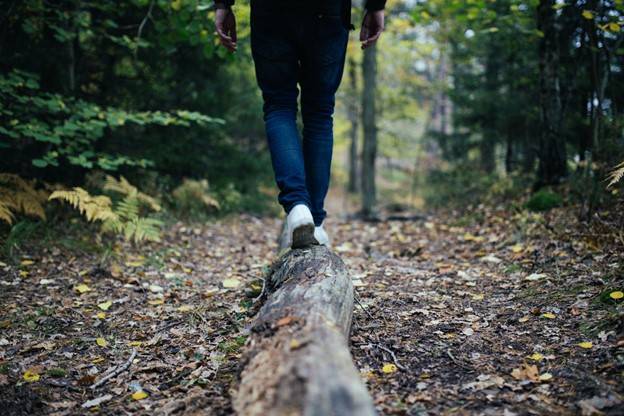with better circulation, mobility, and performance.

March 2022. This article is independently written by Shelby Golding. All opinions given are hers. Shelby has been certified as a personal trainer and nutritional specialist since 2007. In 2008, she found her passion for writing about these topics and hasn't looked back.

You can prevent overtraining by incorporating an active rest day into your weekly exercise routine. Keep reading to learn more about active vs. passive rest and the benefits of taking a day off from exercise.
What Is Active Rest?

You still get up and move around during an active rest day, but the activity will be much less intense and strenuous than usual. The trick is not to push yourself as hard as you would on a day of exercise.
- Going for a leisurely walk
- Yoga or light stretching
- Tai Chi
- Cycling
- Swimming
- Hiking (low incline)
Benefits of Active Rest
1. Increase Circulation
2. Improve Mobility
3. Boost Motivation
Inspiration gets you into the gym, but consistency guarantees that you continue to go. Active rest is an excellent way to build an exercise habit because it keeps you from overdoing it and spending the whole next day recovering.
4. Enhance Performance
Small bouts of exercise over a long period have a snowball effect on performance. Active rest supports mobility and quick recovery. It allows you to work the smaller muscles you might miss during regular exercise, and it keeps your mood stable even during intense training sessions.
5. Gets You Out of the Gym
How Often Should You Incorporate Active Rest Days?
How Often Should You Incorporate Active Rest Days?
And if you’re feeling sore or dealing with chronic pain, remember to bring your Kailo Pain Patch with you on active rest days! Kailo is designed to relieve pain in seconds and a recent study showed 97% of users were extremely satisfied with Kailo over oral medication.
Disclaimer: Kailo should not be used if you have a pacemaker or if you are pregnant. Always consult your doctor or health care professional before using Kailo.






